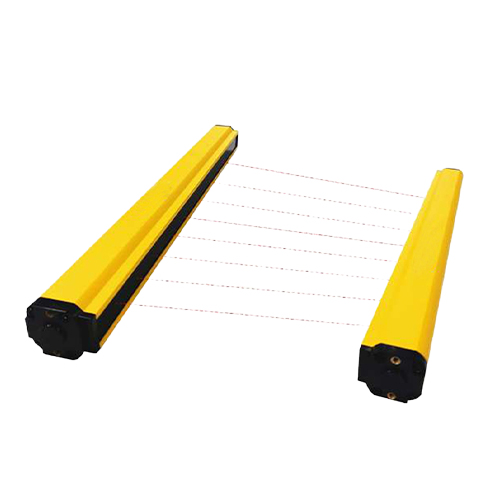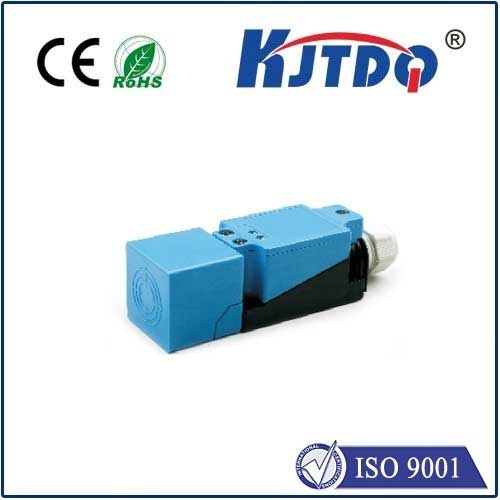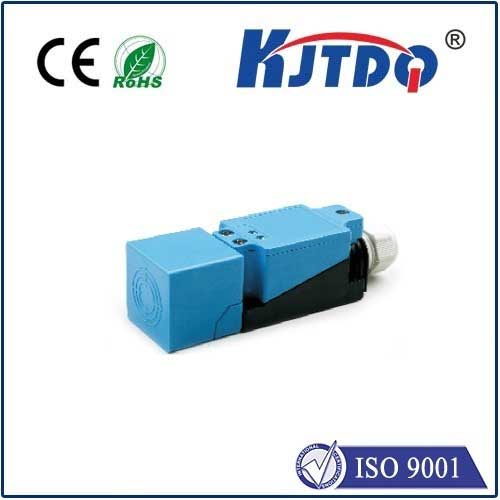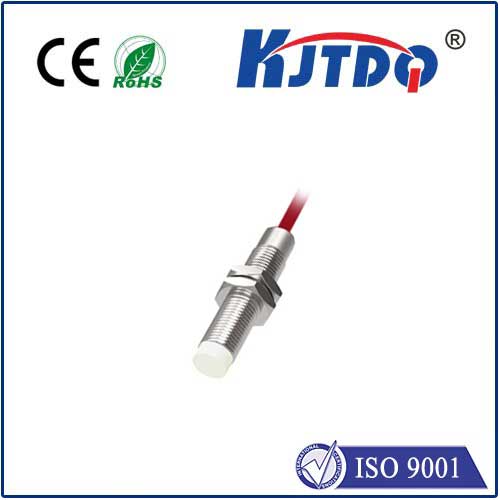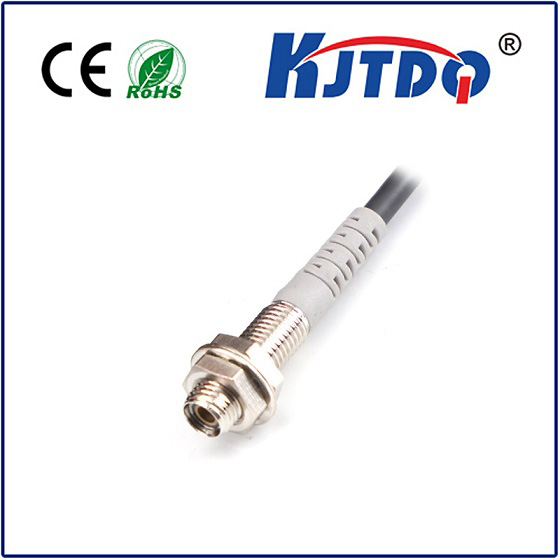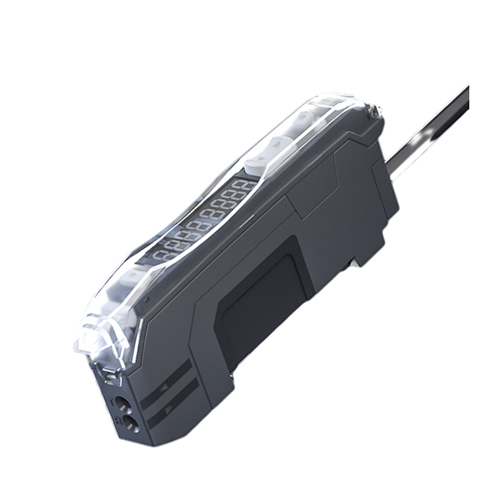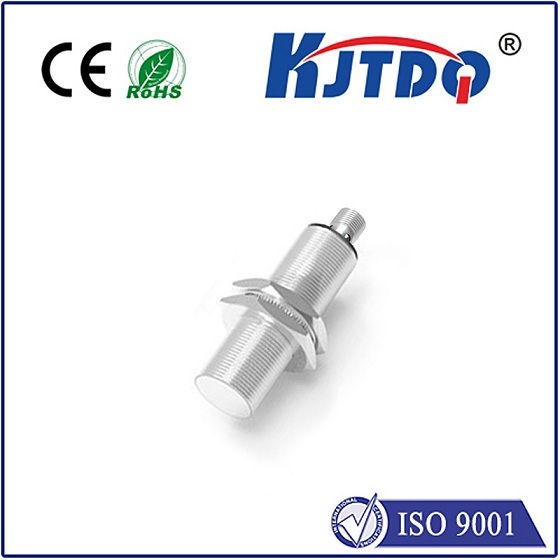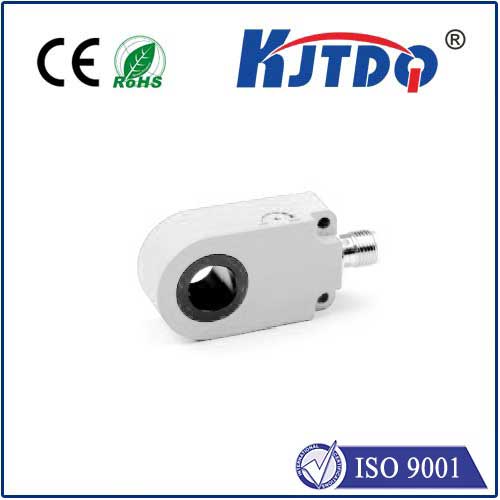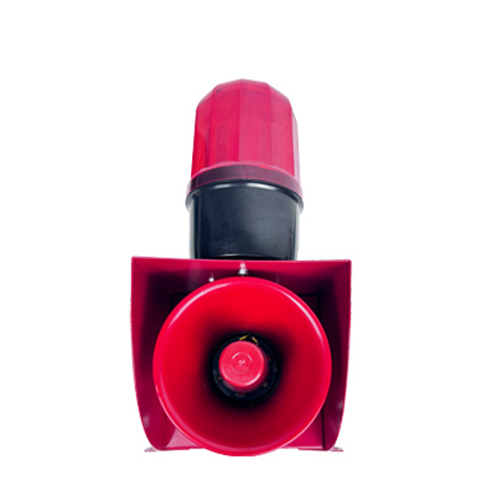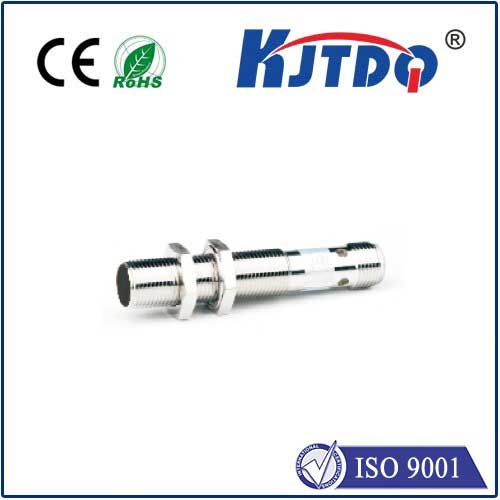

check

check

check

check

check

check

check

check

check

check
Precision, reliability, non-contact sensing. In the fast-paced world of industrial automation, where milliseconds count and unexpected downtime costs dearly, these attributes aren’t just desirable – they are essential. At the forefront of providing solutions that embody these principles stands Festo, a global leader in automation technology, renowned for its high-quality pneumatic and electrical components. Among its extensive portfolio, Festo inductive proximity sensors represent a cornerstone technology, enabling countless machines to “see” metal targets and react with unwavering consistency. Understanding their function, strengths, and strategic applications is key to optimizing automated processes for peak performance and robustness.
Inductive proximity sensors operate on a fundamental electromagnetic principle. Inside the sensor head, an oscillator generates a high-frequency electromagnetic field. When a ferrous (iron-based) or non-ferrous (like aluminum, brass, copper) metal target enters this active field, Eddy currents are induced within the target material. This phenomenon absorbs energy from the oscillator circuit. The sensor’s sophisticated electronics detect this energy loss, triggering a clean, reliable output signal – typically switching a load ON or OFF – indicating the target’s presence without any physical contact. This non-contact operation is arguably the sensor’s most significant advantage, eliminating mechanical wear and tear and enabling incredibly long service lives. Furthermore, their inherent construction makes them exceptionally immune to dirt, dust, moisture, oil, and vibration, factors that often plague other sensing technologies. They also operate independently of ambient light conditions, making them ideal for enclosed spaces or variable lighting environments. While their core function is detecting metal objects, the specific material (ferrous vs. non-ferrous) does influence the sensor’s nominal sensing distance (Sn), a critical parameter specified by Festo for each model.

Festo leverages this proven inductive sensing technology and elevates it through superior engineering, rigorous quality control, and a deep understanding of industrial needs. Choosing Festo inductive proximity sensors means investing in solutions designed to excel in demanding automation landscapes:
The applications for Festo inductive proximity sensors span virtually every sector of automation:
Selecting the optimal Festo inductive sensor requires careful consideration:
In the intricate dance of modern industrial automation, reliable sensing forms the bedrock of efficiency and uptime. Festo inductive proximity sensors, leveraging decades of engineering expertise and a commitment to robust, high-performance solutions, provide an indispensable tool for engineers seeking contactless, wear-free, and highly resilient metal object detection. Their versatility, durability, and integration into smart factory concepts via IO-Link make them a strategic choice for optimizing countless applications, from simple position feedback to complex process monitoring. Integrating Festo sensors means integrating predictable performance and long-term reliability into the very heart of the production line.
